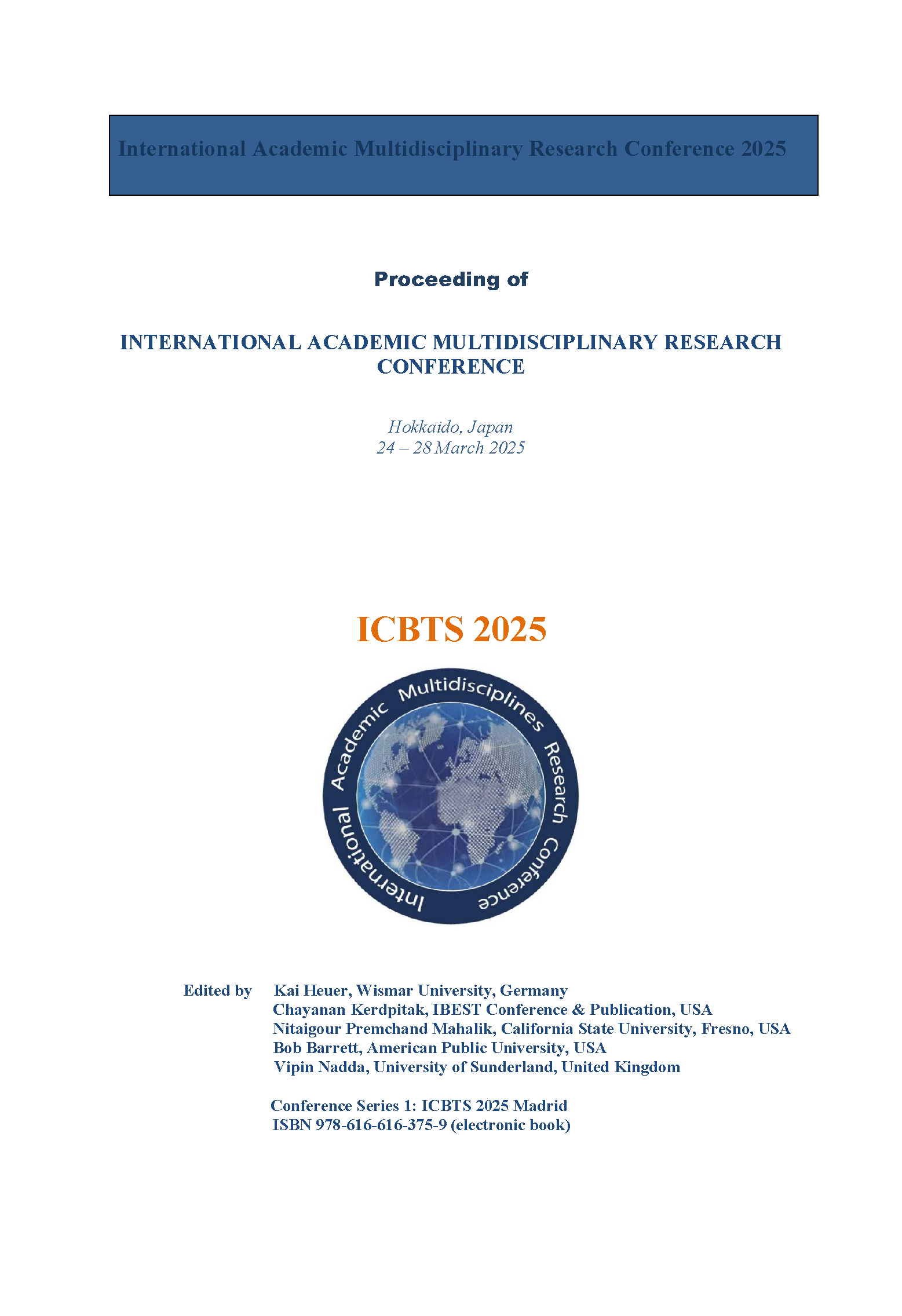Influence of Directions and Beliefs on Fortunate Directions in The Chortheeographic Design of Thai Classical Danece
Abstract
This study examines the significant impact of directional beliefs and favorable orientations on the choreography of Thai classical dance. The study looks at how positive orientations, like those shown in the Four-Directional Dance and the change from right to left, affect the planning, performance, and symbolic representation of choreography by looking at how artistic practices and cultural traditions meet. To show how cultural ideas affect the spiritual and aesthetic aspects of Thai classical dance, the study uses qualitative methods such as document analysis, semi-structured interviews with dance experts, and observational studies of ceremonial performances. The findings highlight that favorable orientations significantly influence movement choices, stage configurations, and narrative frameworks in performances. Ritual dances and religious performances, intricately designed with these ideas, convey cultural identity, spiritual importance, and artistic sophistication. Still, strictly following these traditions might make it harder to come up with new choreographies, especially in modern settings that put an emphasis on audience preferences and artistic flexibility. This study promotes a balanced approach to maintaining the relevance and vitality of Thai classical dance, integrating traditional principles with creative flexibility. Practitioners can maintain the cultural history and symbolic significance of Thai dance while accommodating the changing demands of contemporary audiences. This dual strategy preserves the art form's rich heritage while facilitating its ongoing development and global relevance in a dynamic cultural environment.


